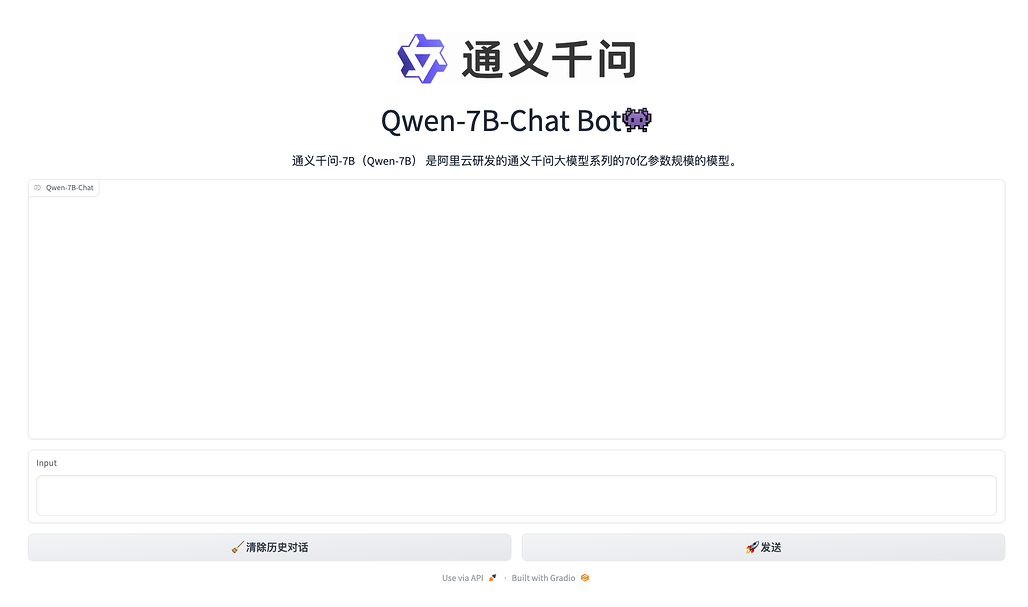# Introducing Qwen-7B: Open foundation and human-aligned models (of the state-of-the-arts)
Large language models have recently attracted an extremely large amount of
attention.
The boom of [ChatGPT](https://openai.com/blog/chatgpt) rocketed the development of artificial general intelligence and indicates that large language models compress world knowledge into neural networks, and the alignment to human cognition can lead to powerful conversational agents that can provide assistance by interacting with human users.
Now, the latest version of ChatGPT based on [GPT-4](https://arxiv.org/abs/2303.08774) demonstrates tremendously exciting performance across unlimited capabilities, say, language understanding, logical reasoning, planning, etc., and its incorporation with external tools, including tools and models, releases the power of an agent capable of understanding instructions, executing code, using tools, and so on, to reach the objectives set up by human users.
These significant progresses indicate the importance of large language models as _the foundation of AI services_.
We are happy to release the 7B-parameter models of our large pretrained model series Qwen (abbr. Tongyi Qianwen), Qwen-7B.
This release includes model weights and codes for pretrained and human-aligned language models of 7B parameters:
- `Qwen-7B` is the pretrained language model, and `Qwen-7B-Chat` is fine-tuned to align with human intent.
- `Qwen-7B` is pretrained on over 2.2 trillion tokens with a context length of 2048. On the series of benchmarks we tested, Qwen-7B generally performs better than existing open models of similar scales and appears to be on par with some of the larger models.
- `Qwen-7B-Chat` is fine-tuned on curated data, including not only task-oriented data but also specific security- and service-oriented data, which seems insufficient in existing open models.
- Example codes for fine-tuning, evaluation, and inference are included. There are also guides on long-context and tool use in inference.
**Goal of release**:
We believe that while the recent waves of releases of LLMs may have deepened our understanding of model behaviors under standard regimes, it is yet to be revealed how the accompanied techniques of nowadays LLMs, such as 1) quantization and fine-tuning after quantization, 2) training-free long-context inference, and 3) fine-tuning with service-oriented data, including search and tool uses, affect the models as a whole.
The open release of Qwen-7B marks our first step towards fully understanding the real-world application of such techniques.
This file has been truncated. show original
![]()

